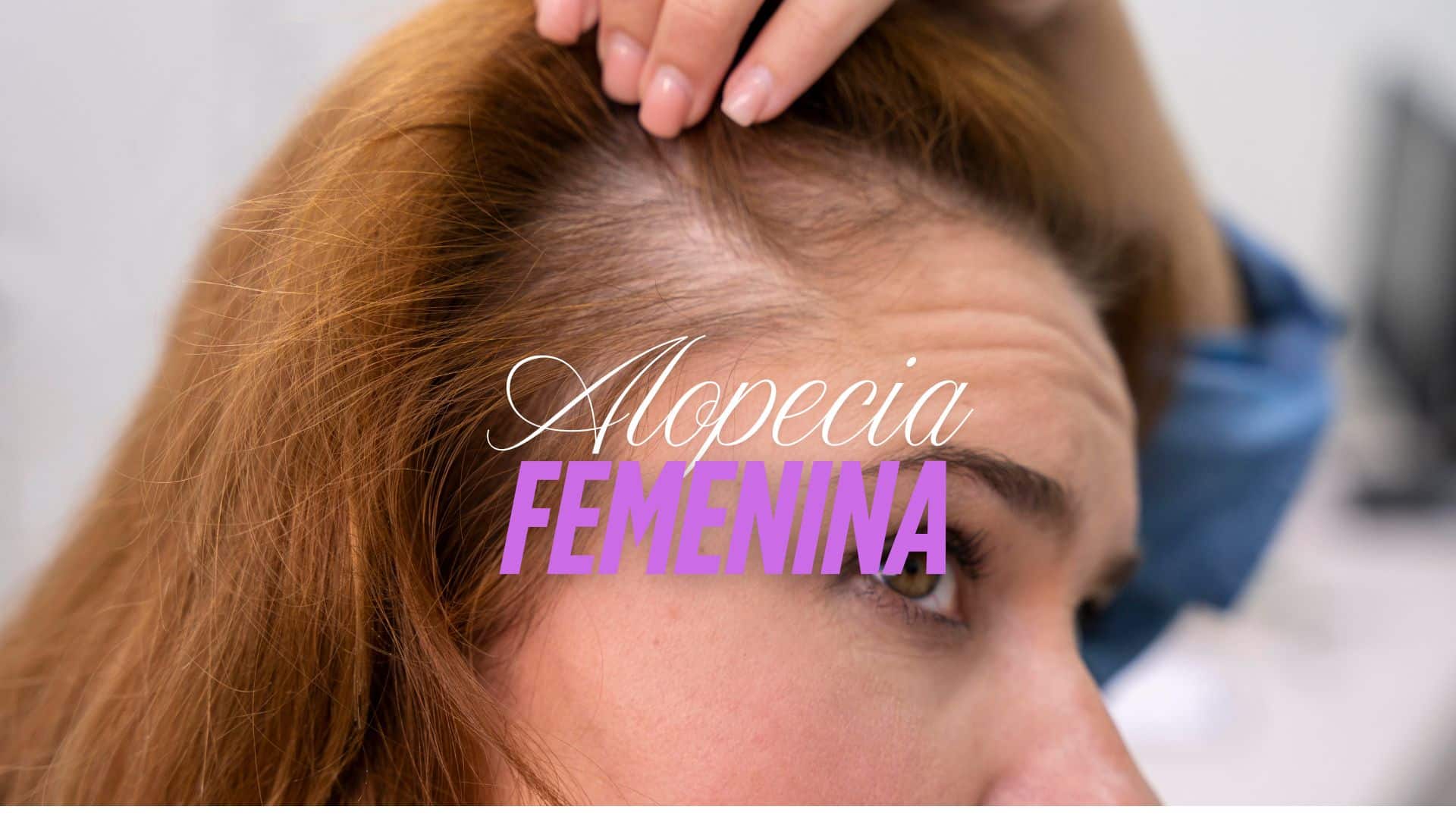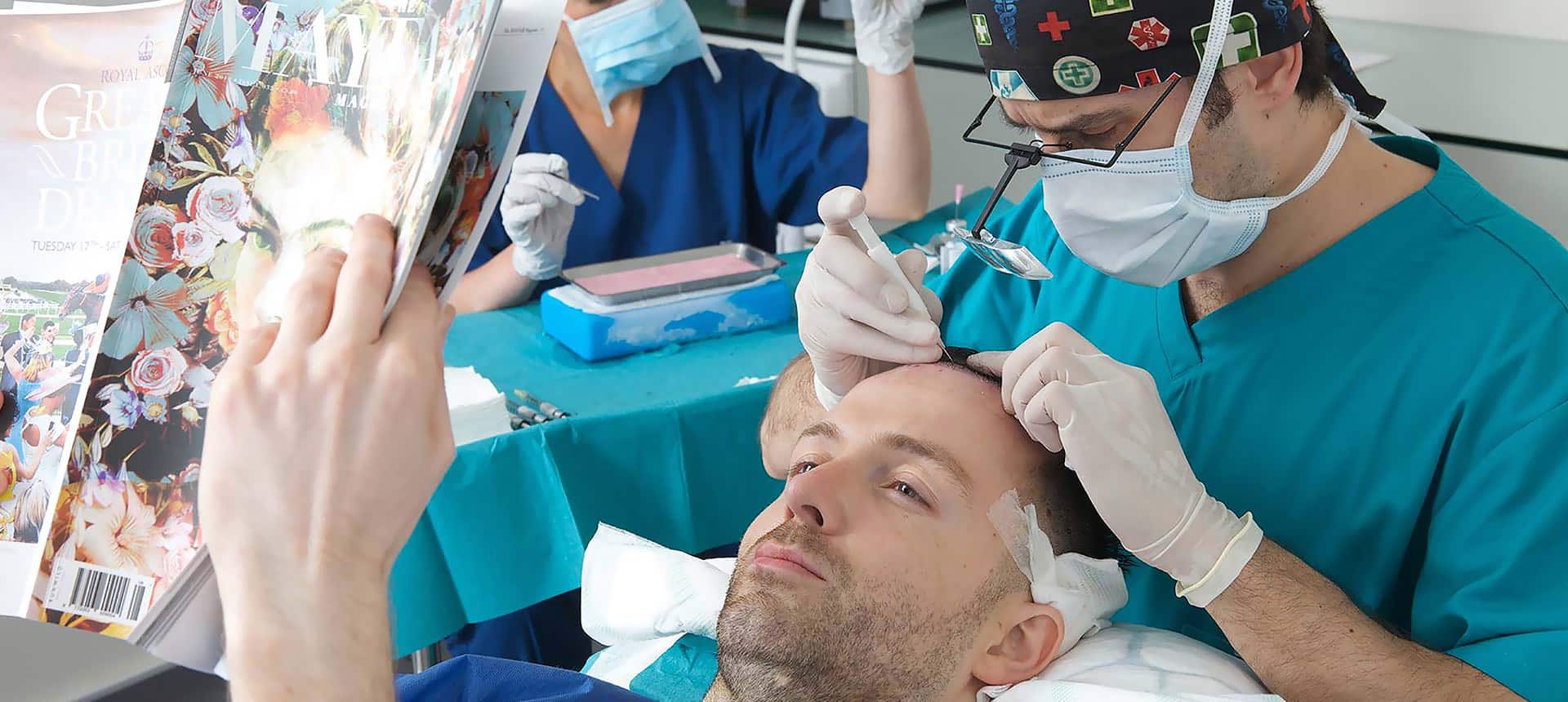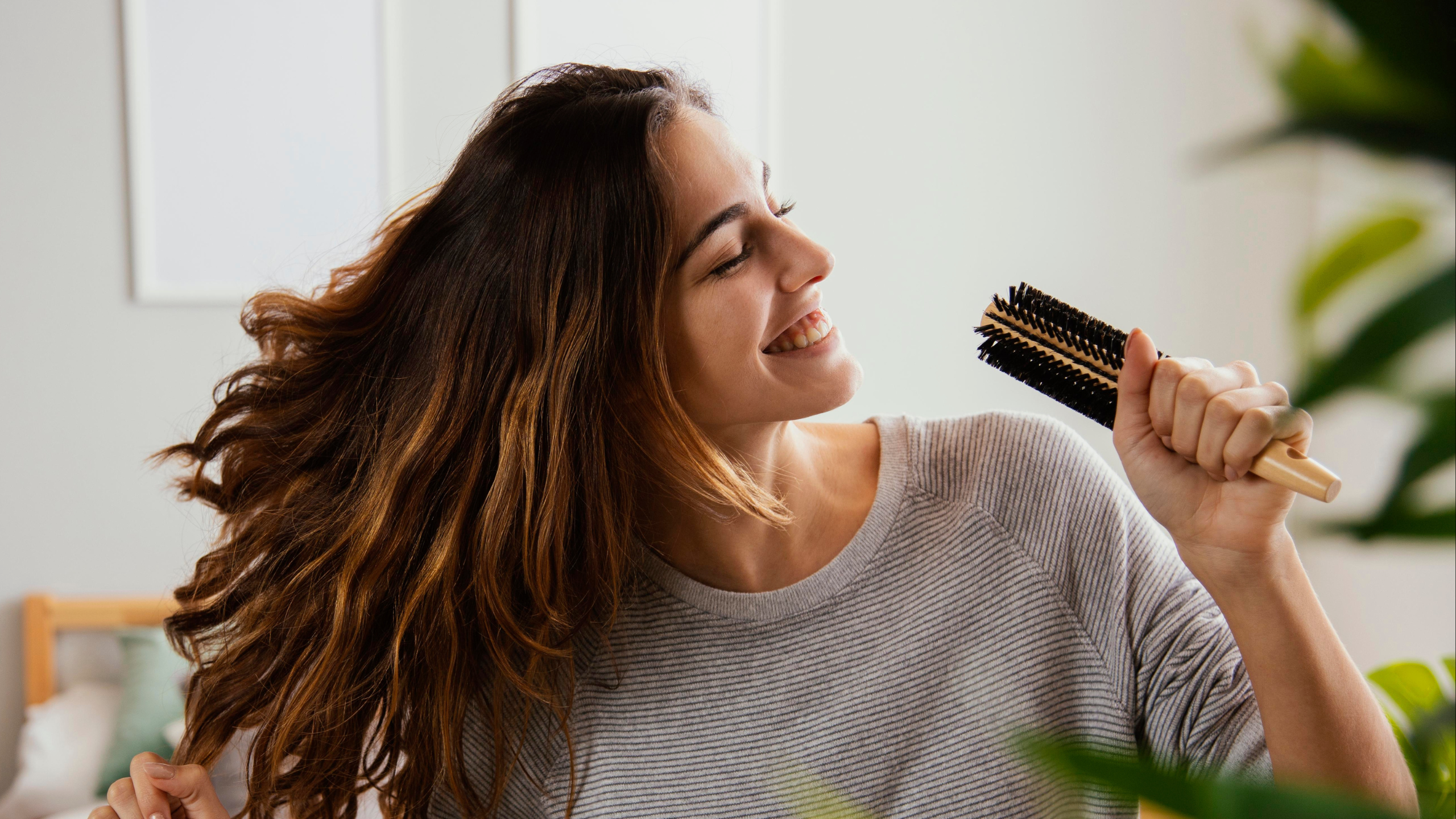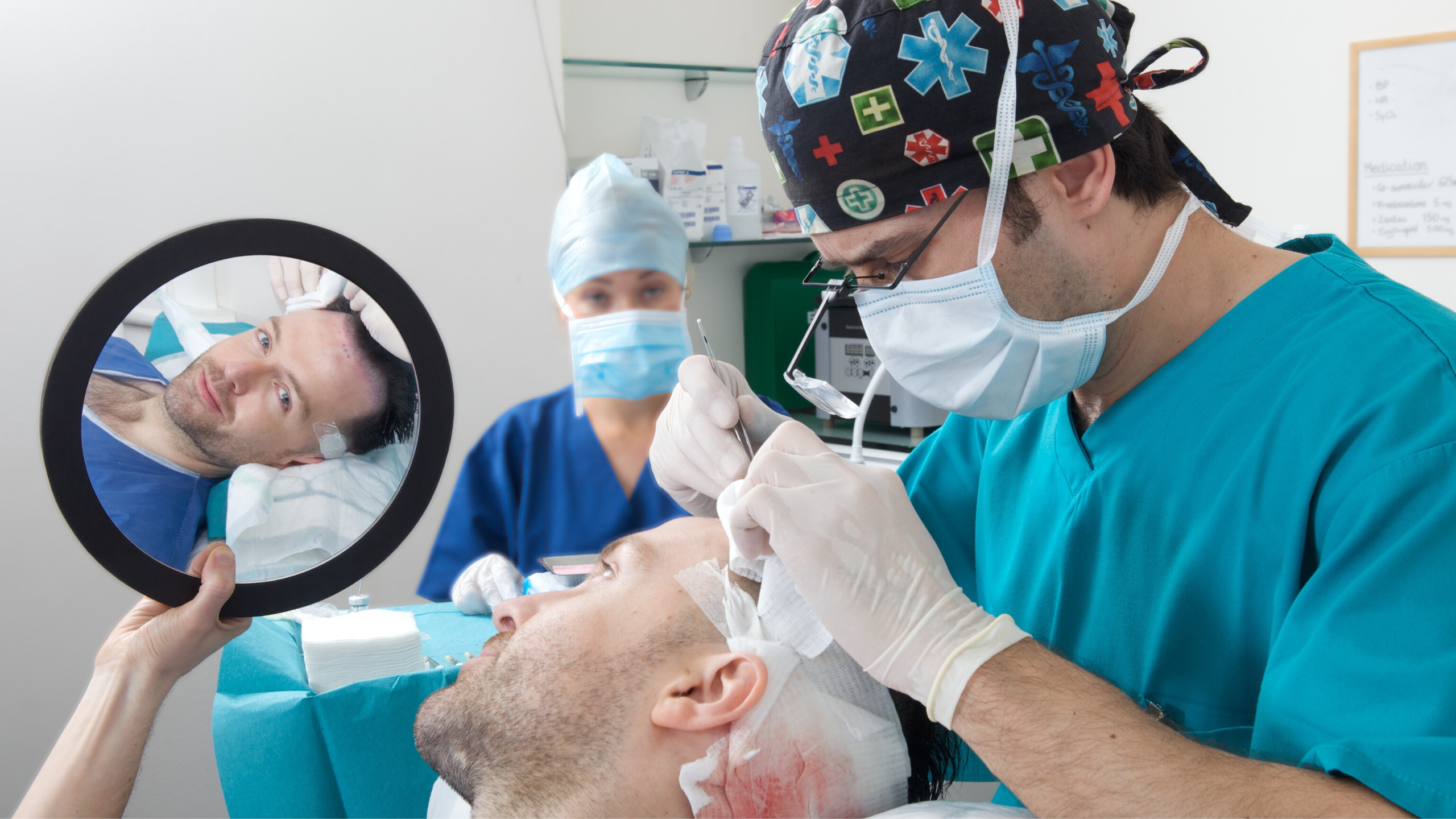
Female Alopecia: How to Prevent Hair Loss
How to Prevent Hair Loss
Female alopecia is a condition that affects millions of women worldwide. Although it is commonly associated with men, hair loss in women is an increasingly visible reality.
In this article, we explain why alopecia occurs in women, the most common types, and most importantly: how to prevent and treat it effectively.
WHAT IS FEMALE ALOPECIA?
Female alopecia is a condition in which hair gradually weakens and falls out, mainly affecting the hair density at the top of the head. Unlike male pattern baldness, women more commonly experience diffuse hair thinning rather than complete hair loss.
MAIN CAUSES OF ALOPECIA IN WOMEN
-
Hormonal factors:
Hormonal changes due to pregnancy, menopause, polycystic ovary syndrome (PCOS), or the use of contraceptives can disrupt the hair growth cycle. -
Physical or emotional stress:
Events such as surgeries, illnesses, emotional losses, or prolonged anxiety can trigger telogen effluvium, a condition causing excessive hair shedding. -
Genetics (female androgenetic alopecia):
This is the most common form of chronic alopecia and has a strong hereditary component. It usually appears between the ages of 30 and 50. -
Nutritional deficiencies:
Low levels of iron, biotin, zinc, and protein can weaken the hair. -
Scalp problems:
Seborrheic dermatitis, dandruff, fungal infections, or excess oil can negatively impact hair growth.
MOST COMMON TYPES OF FEMALE ALOPECIA
-
Female androgenetic alopecia:
Characterized by reduced hair density on the top of the scalp. It is progressive and can be hereditary. -
Telogen effluvium:
Causes diffuse and excessive hair shedding, usually temporarily. -
Alopecia areata:
An autoimmune disease that leads to patchy hair loss in circular areas.
HOW TO PREVENT HAIR LOSS IN WOMEN
-
MAINTAIN A NUTRIENT-RICH DIET
Include foods rich in iron, zinc, omega-3, biotin, and protein. These nutrients strengthen the follicles and help prevent hair loss. -
AVOID PROLONGED STRESS
Practice relaxation techniques such as yoga, meditation, or regular exercise. Stress is one of the most common causes of temporary hair loss. -
TAKE CARE OF YOUR SCALP
Keep it clean and free from excess oil or dandruff. Use products specifically designed for your scalp type. -
REDUCE THE USE OF HEAT AND CHEMICAL PRODUCTS
Avoid excessive use of straighteners, hair dryers, and harsh treatments like bleaching or chemical straightening. -
GET REGULAR MEDICAL CHECKUPS
Conditions like thyroid problems, anemia, or hormonal imbalances can cause alopecia if not detected early.
TREATMENTS FOR FEMALE ALOPECIA: HOW TO PREVENT HAIR LOSS
There are now advanced and effective treatments available to stop hair loss and stimulate new growth:
-
Platelet-Rich Plasma (PRP):
Stimulates hair follicles with growth factors derived from your own blood. -
Exosome therapy:
An innovative technology that regenerates cells and powerfully activates hair growth. -
Capillary mesotherapy:
Involves injecting vitamins and medications directly into the scalp. -
Infrared light therapy:
Promotes oxygenation and nutrition of the hair follicle.
Hair loss and alopecia in women can be distressing, but they are treatable when addressed in time. Prevention, proper diagnosis, and personalized hair treatments are key to maintaining healthy, strong, and vibrant hair.
You can request a free online consultation through our WhatsApp number (+507) 6349-5550, by filling out our contact form, or by writing to the chat on our website.





